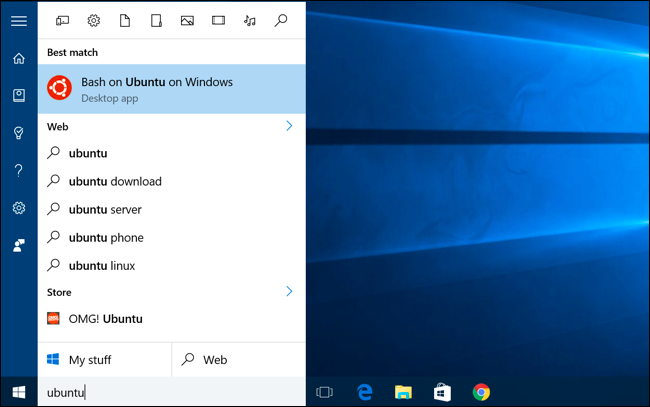Everyday Linux

A couple weeks ago, there was a Forbes article that caught my eye. (No, librarians, it wasn't that twaddle, please don't hurt me)
No, it was this one, relating one writer/podcaster's decision to switch to Linux as his everyday operating system after a few too many of the new "Blue Screen of Death": Windows 10's staggeringly inconvenient and endless Update screens.
Actually, turn it on, turn it off, who cares! You're not working on that spreadsheet today anyway.
The article stood out because I had already been planning to write something extremely similar myself. A couple years ago, I needed a new laptop and decided I wanted out of the Apple ecosystem, partly because Apple's desktop/laptop hardware and macOS design seemed increasingly shunted to the side in favor of iOS/mobile/tablets, but mostly because of $$$. I considered jumping ship to a Windows 10 machine, which, as I've said on several occasions, is actually a pretty nifty OS at its core - but, like Mr. Evangelho, I had encountered one too many productivity-destroying updates to my liking on my Windows station at work. Never mind the intrusive privacy defaults and the insane inability to permanently uninstall Candy Crush, Minecraft and other bloatware forced upon me by Microsoft.
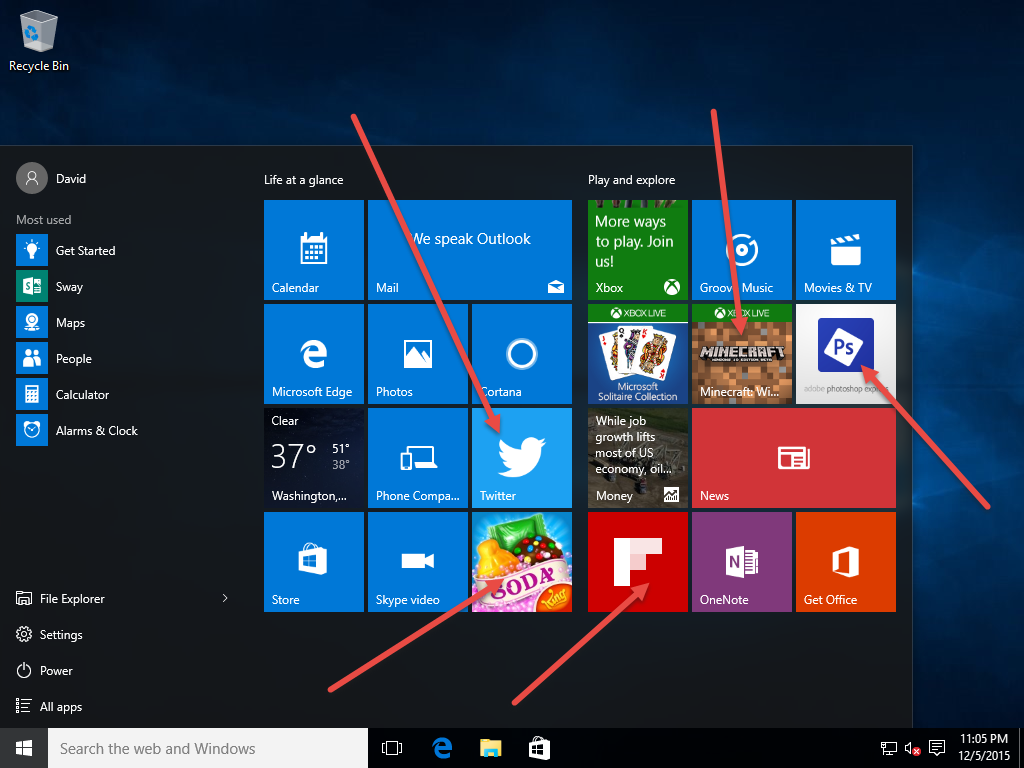
I had used Linux operating systems, particularly Ubuntu (via BitCurator) before, and thought it might be time to take the leap to everyday use. After a little bit of research to make sure I would still be able to find versions of my most common/critical applications, I jumped ship and haven't looked back. So, whereas I have written before about Linux in a professional context for digital preservation on several occasions, I want to finally make my evangelizing case of Linux as an everyday, personal operating system - for anyone.
Linux has a reputation as a "geeky" system for programmers and hardcore computer tinkerers, but it's become incredibly accessible to anyone - or at least, certainly to anyone who's used to having macOS or Windows in their daily lives. In fact, you're almost certainly already using Linux even if you don't realize it - if you have an Android smartphone, if you have a Chromebook laptop, if you have any of a thousand different smart/networked home devices (which, please throw them in the trash, but whatever), you're using and relying on Linux.
Breaking away from the Mac/Windows dichotomy is as easy as your original choice of one or the other - the hurdle is largely just realizing there's another option to debate.
Why Linux?
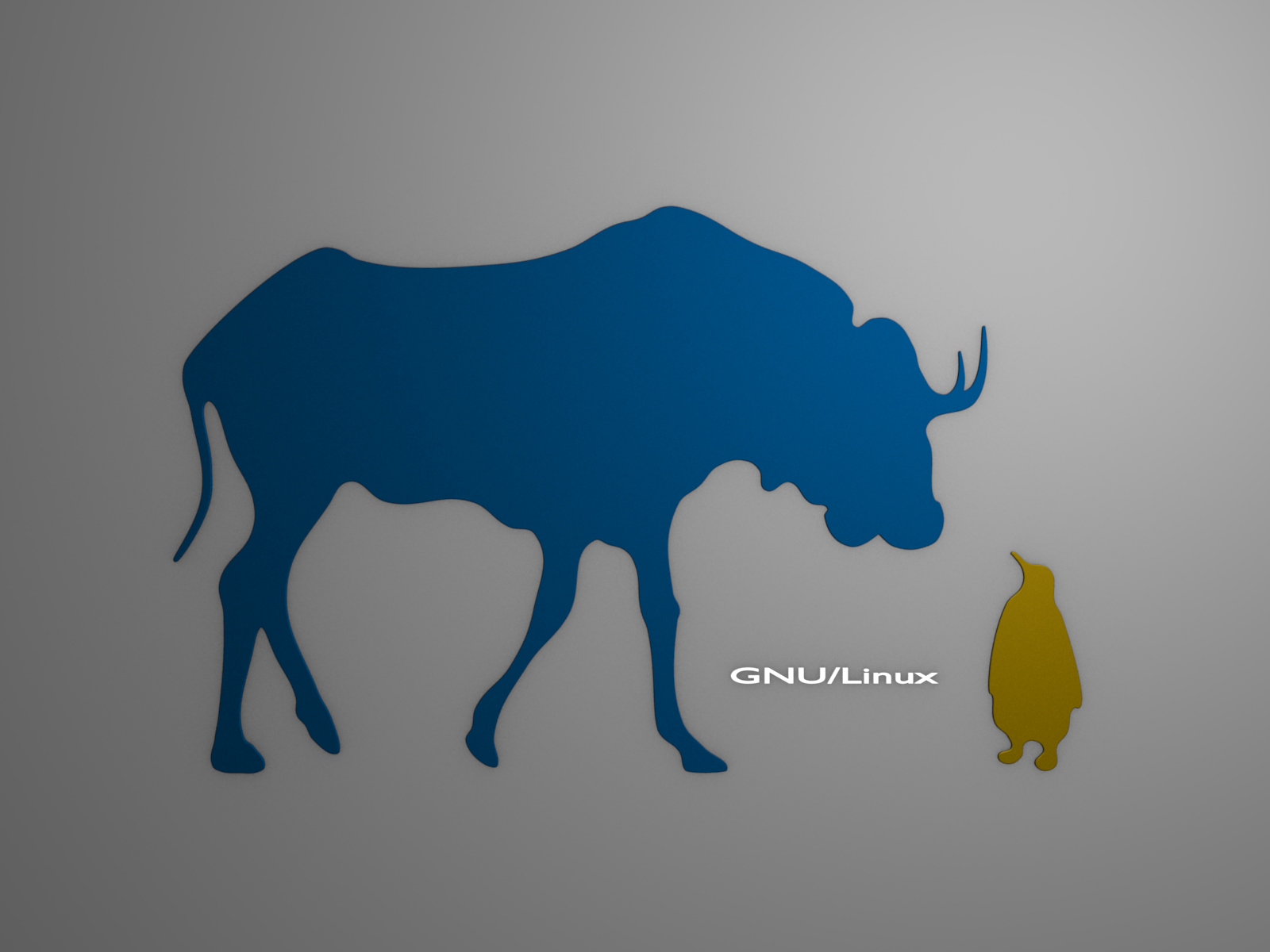
A Linux operating system is an example of free and open source software, often abbreviated FOSS. The "free" in there is meant to refer to "freedom", not price (although FOSS tends to be free in that sense as well) - a legacy of the Free Software Foundation's four maxims that computer users should be able to:
- run a program
- study a program's source code (in essence, to understand exactly how it works)
- redistribute exact copies of that program
- create and distribute modified versions of that program
This is all in opposition to closed and proprietary software, which use copyright and patent licenses to run contrary to at least one or more of these ideas. (Note that some open source software may still carry licenses that restrict the latter two points in certain ways - always check!)
Look, I could go on my anti-capitalist screed here, but you should probably just go see a more clever and entertaining one. But what it comes down to is that, unlike the proprietary model of one company hiring employees to build and distribute/sell its own, closed software, open source software is built by collaborative networks of programmers and users, under the general philosophy that humanity tends to make better, more broadly applicable advancements when everyone stands to (at least potentially) benefit.

That doesn't mean that all open source developers are noble self-sacrificing volunteers. There are entire companies - like Canonical, Mozilla, Red Hat - dedicated to creating and supporting it, and any number of name-brand tech giants - Google, Oracle, yes Microsoft and Apple even - that at least participate in certain open source projects. When I say everyone can benefit, that often includes Big Tech. So don't get me wrong, there's plenty of ways to participate in and advocate for FOSS in ways that don't involve a total shift in your operating system and computing environment, if you're perfectly content where you are now.
But for me, switching over completely to a FOSS operating system in Linux felt like a way to take back some control from increasingly intrusive devices. For many years, Apple products' big selling point was "it just works", and I solidly felt that way with my first couple MacBooks - buy a laptop and the operating system got out of the way, letting you browse the internet, make movies, write up Sticky Note reminders, listen to music, and install other favorite programs and games, in a matter of minutes. I could do whatever it was I wanted to do.
I don't feel like macOS (or Windows) "just works" quite in that same way anymore - they're designed to work the way Apple and Microsoft want me to work. Constant, barraging notifications to log in to iCloud or OneDrive accounts, to enable Siri or Cortana AI assistance. Obscured telemetry settings sending data back to the hivemind and downloading "helpful" background programs, clogging up the computer's resources without user knowledge. Stepping way beyond security concerns to slowly but surely cordon off anything downloaded by the user, to pigeonhole them into corporately-vetted App Stores. A six-month long hooplah over "Dark Mode."
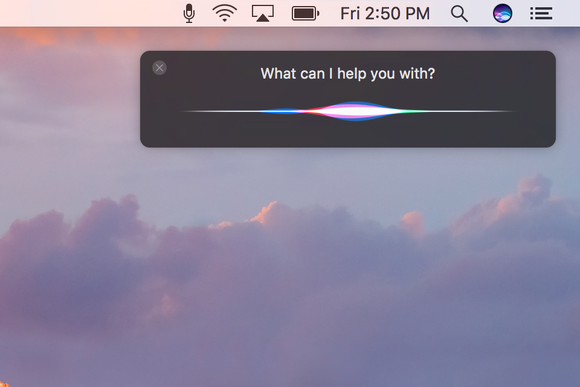
(Look, I'm no fool - Apple's choices were always business choices, made to ultimately improve their company's market share, no matter which way you slice it - but I don't think I'm alone in feeling that for some time that meant ceding at least the illusion of control to the user, or at least not nagging them every damn day into the feeling they were somehow using their own computer the "wrong" way)
Linux operating systems, because they are open and modifiable, are also extremely flexible and controllable - if that means you want to get into the nitty-gritty and install every single piece of software that makes a computer work yourself, go for it. But if that means you just want something that gets out of the way and lets you play Oregon Trail on the Internet Archive, Linux can also be that. It can be your everyday, bread-and-butter, "just works" computer, without voices constantly shouting at you about what that should look like.
What's different?
Well, despite the whole stirring case I may have just made...there is no "Linux operating system." Or at least, there is no one thing called "Linux" that you just go out and download and start streaming Netflix on.
Linux is a kernel. It's the very center, core, most important piece of an operating system, but it's not entirely functional in and of itself. You have to pile a bunch of other things on top of it: a desktop environment, a way to install and update applications, icons and windows and buttons - all the sexy, front-facing stuff that most of us actually consider when picking which operating system we want to use. So many, many, many people and companies have created their own version of that stuff, piled it on top of Linux, and released it as their own operating system. And each one of those can have a completely different look or feel to them.
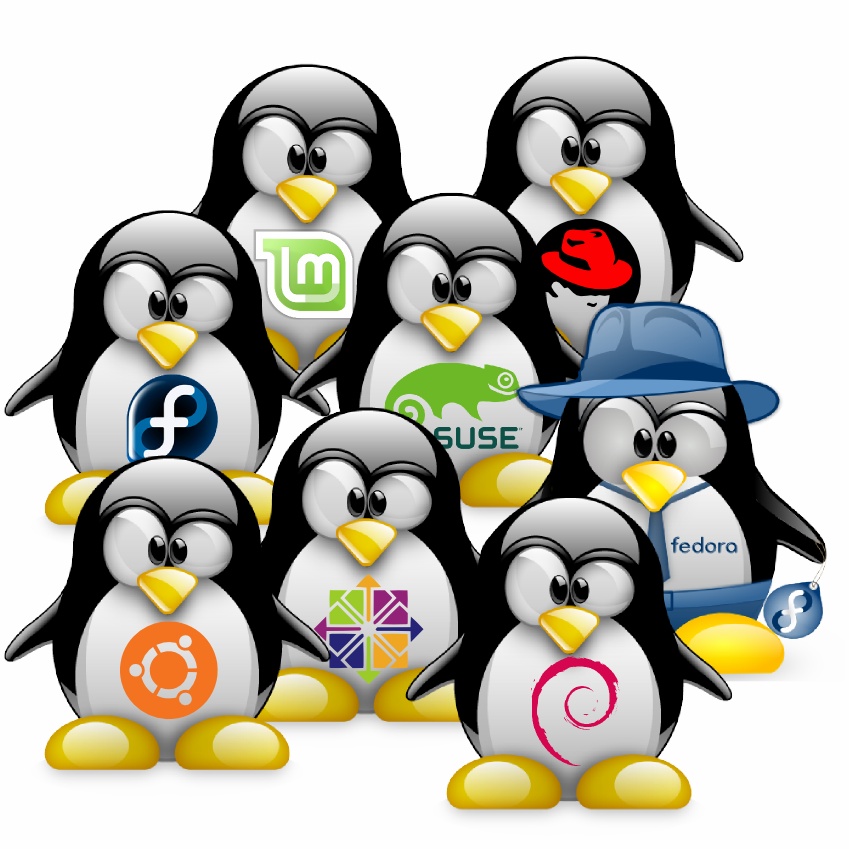
So....what distribution do you choose???
This is absolutely the most overwhelming thing about switching to Linux. There are a lot of distributions, and they all have their own advantages and disadvantages - sometimes not very obvious, because there aren't necessarily whole marketing teams behind them to give you the quick, summarized pitch on what makes their distribution different from others.
I've tried out several myself and will give out some recommendations, in what I hope are user-friendly terms, in the next/last section. This huge amount of choice at this very first stage can be staggering, but consider the benefit compared to closed systems: do you ever wish macOS had a "home" button and a super-key like Windows, so you could just pull up applications and more without having to remember the keyboard shortcut for Spotlight? Do you wish the Windows dock was more responsive, or its drop-down menus were located all the way at the top of the screen so you had more space for your word document? You're probably never going to be able to make those tweaks unless Apple or Microsoft make them for you. With Linux, you can find the distribution that either already mixes and matches things the right way for you - or lets you tweak them yourself!
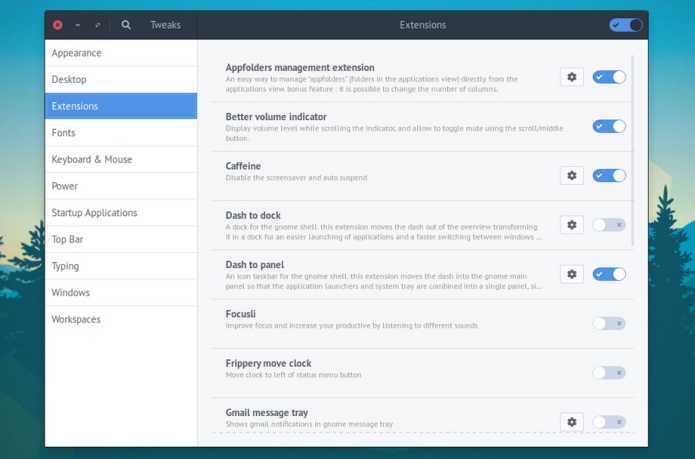
In terms of hardware, if you're coming from Windows/PC-land, there's not going to be much difference at all. Like Windows, you install a Linux operating system on a third-party hardware manufacturer's device: HP, IBM, Lenovo, etc. You can competitively price features to your liking - more or less storage, higher resolution screen, higher quality keyboard or trackpad, whatever it is that's important to you and your everyday comfort.
A small handful of companies will even directly sell you laptops with Linux distributions pre-installed (System76, Dell). But for the most competitive (read: cheapest) options, you'll have to install Linux on a PC of your choice yourself.
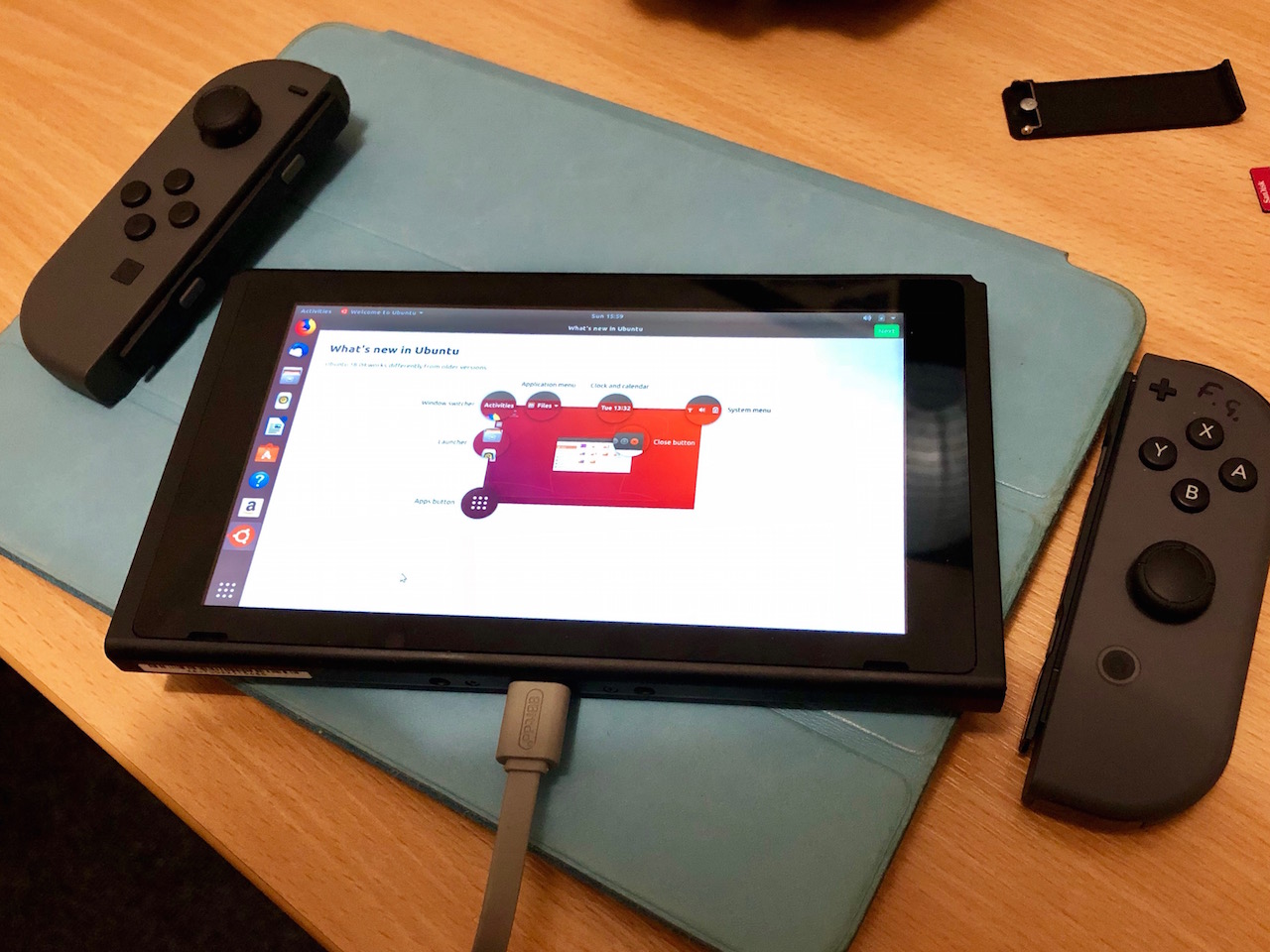
Like with Windows, this does also mean you *may* occasionally have to install or reinstall drivers to make certain peripheral devices (Wi-Fi cards, external mice) play nice with your operating system. This used to be a much more common issue than it is now, and a legitimate knock against Linux systems - but these days, if you're using a major, well-supported distribution, it's really no worse than Windows. And if you're sitting there, a dedicated Windows user, thinking "huh, I've never had to deal with that", neither have I in two years on my Linux laptop. This is more a warning to the Mac crowd that, hey, it's possible for problems to arise when the company making the software isn't also making the hardware (and if you've ever used a cheap non-Apple Thunderbolt adapter or power charger - you probably knew that anyway!)
Finally, applications! Again, the major Linux distributions have all at this point pretty much borrowed the visual conception of the "App Store" - a program you can use to easily browse, install and launch a vast range of open source software. The vetting may not be as thorough - so bring the same healthy dose of skepticism and awareness that you do to the Google Play Store and you'll be fine.
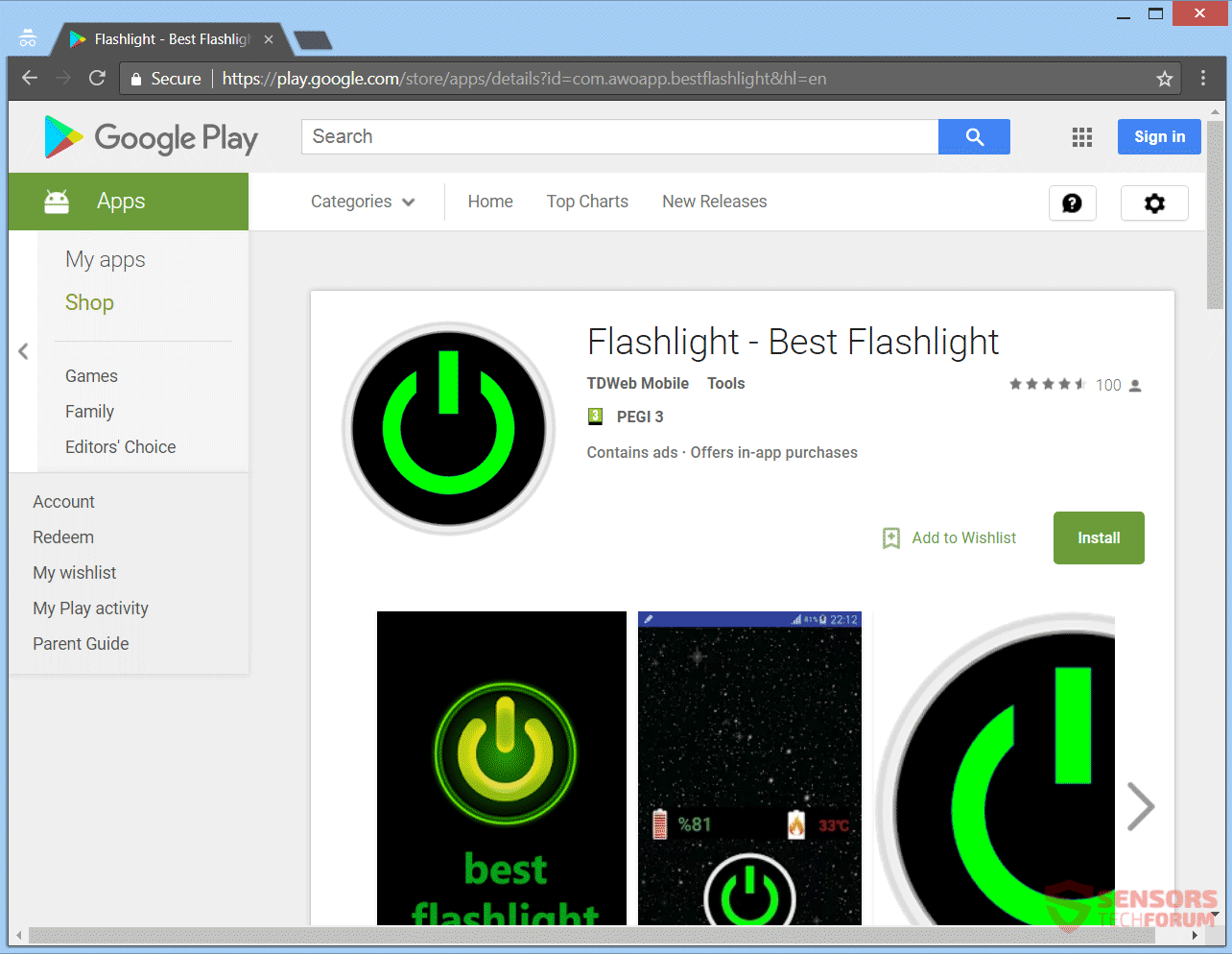
If you're worried about losing out on your favorite Mac/Windows programs, you absolutely may want to do some research to make sure there are either Linux versions or at least satisfactory Linux equivalents to the software you need. But while you might not be able to get Adobe programs, for instance, on to your new operating system, there's plenty of big-name proprietary apps that have made the leap in recent years: Spotify, Slack, even Skype. And Linux programs are usually available to at least open and convert the files you originally made with their Mac/Windows equivalents (LibreOffice can open and work with the various Microsoft Office formats, for instance, and GIMP can at least partially convert PhotoShop .PSDs)
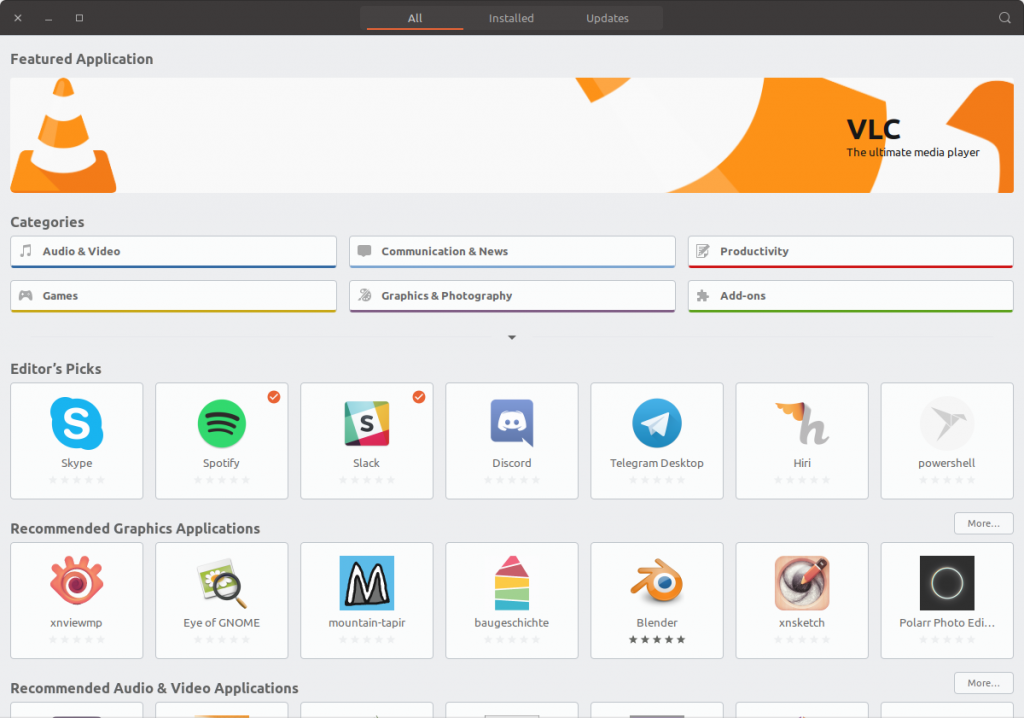
Installing these applications is as easy as clicking "Install" in an App Store. No Apple ID hoops to go through. And the really wonderful thing is that unlike Mac or Windows, most Linux systems will track and perform application updates at the same time and in the same place as operating system updates - no more menu-searching and notifications from individual applications to make sure you're on the latest, greatest, and most secure version of any given program. You'll just get a general pop-up from the "Software Center" or equivalent and perform updates in one quick, fell swoop, or as nit-picky as desired. (And my Linux laptop has never unexpectedly forced a restart to update while I was doing something else)
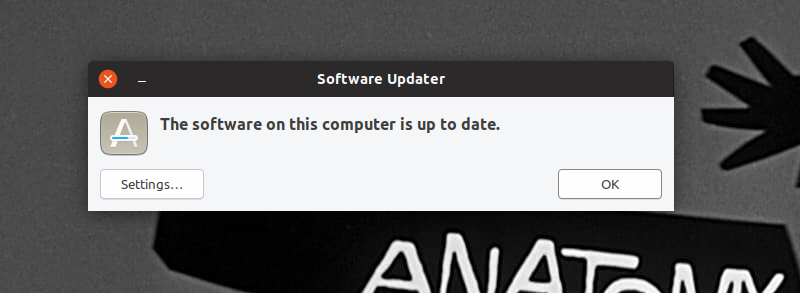
And finally, Linux drives are formatted differently than macOS or Windows, using the "ext4" file system. This means you can encounter some of the same quirks in moving your old files to a Linux system that you've ever had in shuttling between Mac and Windows - but Linux pretty much always comes with at least read support for HFS+ (Mac) and NTFS (Windows) drives, so likewise I've never had issues with at least just transferring old files over to a new drive.
How can I try it out?
The great news is, unlike Mac or Windows, you don't have to go to a physical store or buy a completely new laptop just to try a Linux distribution and see if it's something you would like to use!
Just like when you install (or reinstall) the operating system on a Mac or Windows computer, to install Linux you'll need a USB drive that is at least 8GB large to house the installation disk image - an ISO file. Unlike Mac or Windows, Linux installation images, in addition to the installation program itself, pretty much always have a "Live" mode - this lets you run a Linux session on your computer, to see how well it works on your hardware and if you like the distribution's design and features. It's a fantastic try-before-you-buy feature, and can even work with MacBooks, if that's all you have (just don't be surprised/blame Linux if there's some hardware wonkiness, like your keyboard not responding 100% correctly).
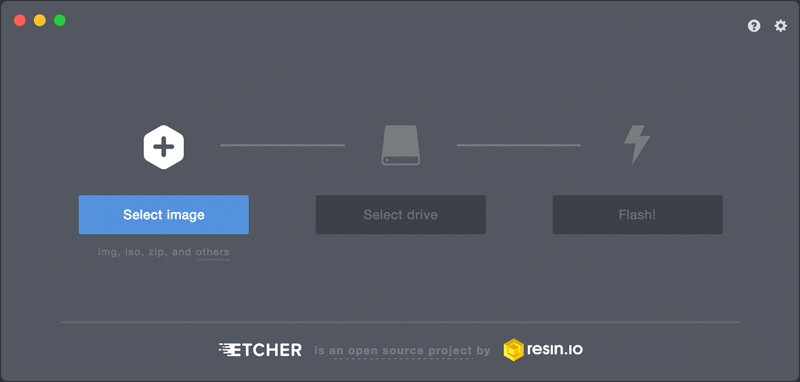
Once you have an 8GB USB flash drive and the ISO file for the OS you want to try downloaded, you'll need an application to "burn" the ISO to the flash drive and make it bootable. I recommend Etcher, which is multi-platform so it'll work whether you're starting out on Mac or Windows (and also, just for the record, if you're trying to make bootable installers from macOS .DMGs or Windows ISOs - Etcher is a rad tool!). From there you'll need to boot into the installer USB according to instructions that will depend on your laptop manufacturer (it usually means holding down one of the function keys at the top of your keyboard during startup, but the key combination varies depending on the hardware/maker).
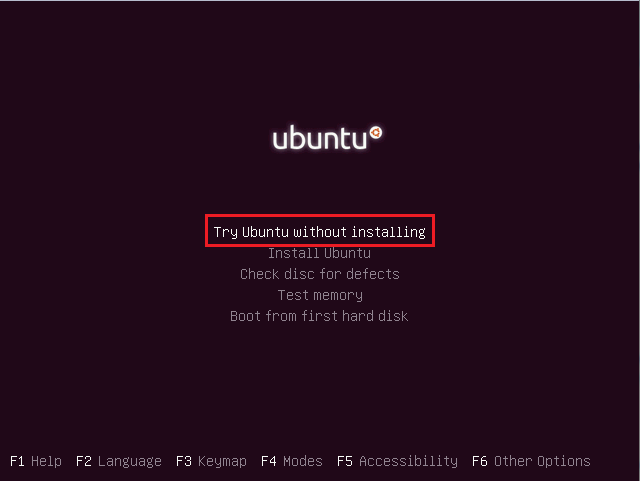
So what about all those distributions? Which ones should you try? Here are some of the most popular flavors that I think would also be accessible to converts making their way over from macOS or Windows. These distributions all have wide user bases, meaning they all have either good documentation or even active support accounts that you can contact in the event of questions or problems.
Ubuntu
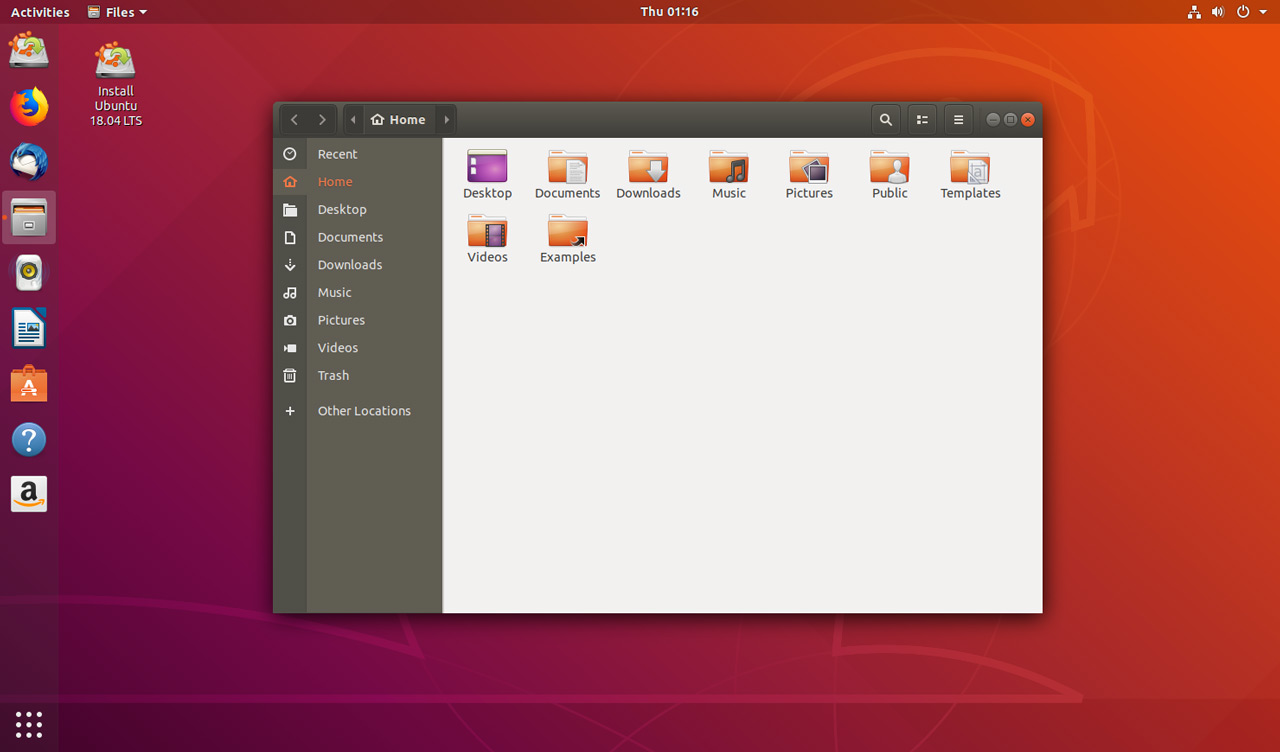
Thanks to its popularity as an operating system for servers and the Internet of Things, Ubuntu is probably the biggest name in Linux, and if you just want a super stable, incredibly well-supported desktop with thoughtful features, it is still my go-to recommendation for most casual users seeking alternative to macOS and Windows (and as I said earlier, if you've ever encountered BitCurator, you already know what it looks/feels like). It's what I use myself for day-to-day web browsing, streaming services, word processing, some Steam gaming, light digipres/coding and a bit of server maintenance for this very site.
When it comes to Ubuntu, you're going to want to look to try out a version labeled "LTS" - that's "Long-Term Support", meaning OS updates are guaranteed for five years (any of the other versions are primarily for developers and other anxious early adopters who don't mind a few more bugs). The latest LTS release, 18.04, just came out a couple months ago with a pretty major desktop redesign, but it's as attractive, sleek and functional as ever, and I came back to it after flirting with some of the other distributions on this list.
Linux Mint

Linux Mint is itself a derivative of Ubuntu, so everything I just said about stability and support goes for Mint as well - the Mint developers just wait for Ubuntu to release updates and then add their own spin. The differences are thus largely visual - Linux Mint's desktop is made to look more like Windows, so users who are migrating from that direction are more likely to be at home here. It's been around for a while so the support community is likewise large and varied.
Zorin
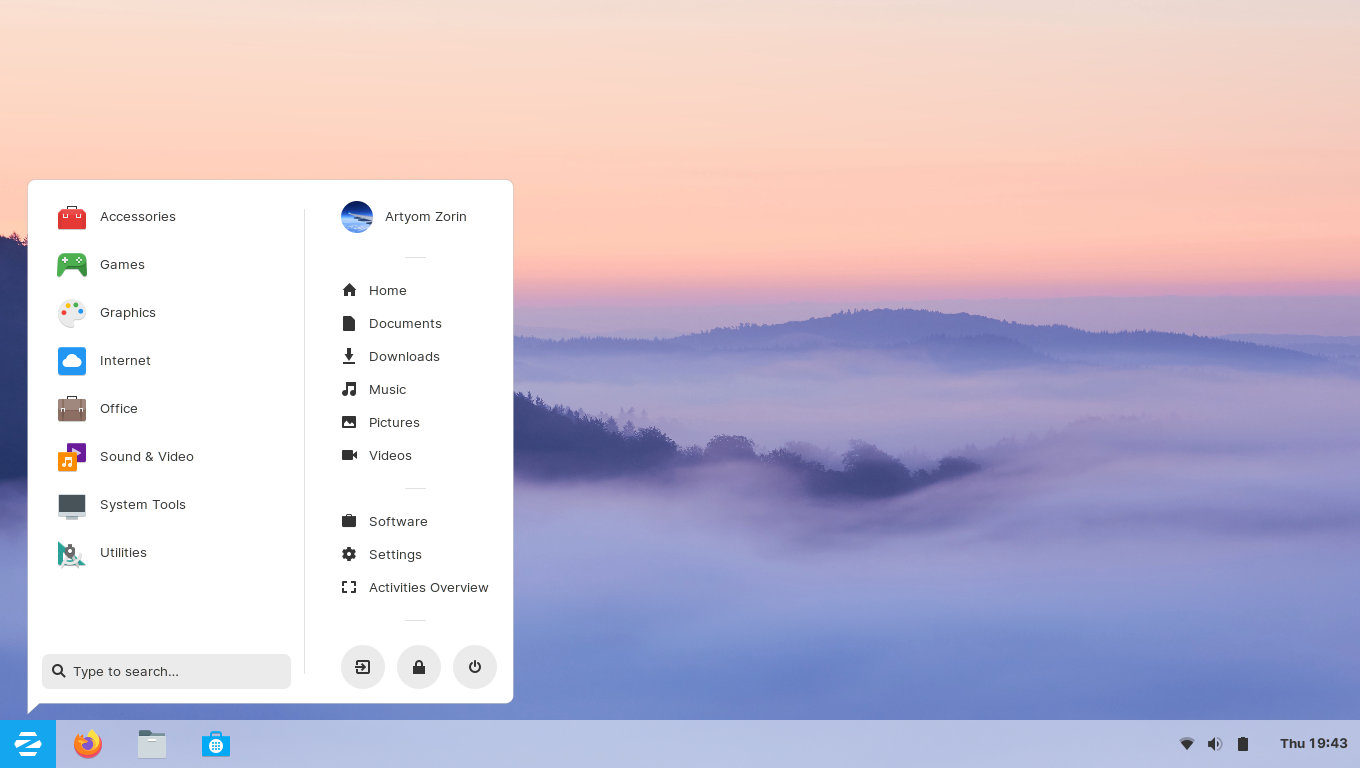
Zorin is also an Ubuntu derivative that's even more explicitly targeted at converting Windows users/Linux newbies. It's newer than Mint but I have to say personally I think that's led to a fresher, more attractive design. (More Windows 10 to Linux Mint's Windows 7). In fact it's pretty much built around flexible, easily changed desktop design. Going with a distribution based on super pretty icons and easily swapping around menus might seem silly, but honestly, there's so many distributions with such similar core features that these *are* the kinds of decisions that make Linux users go with one over the other.
elementary OS
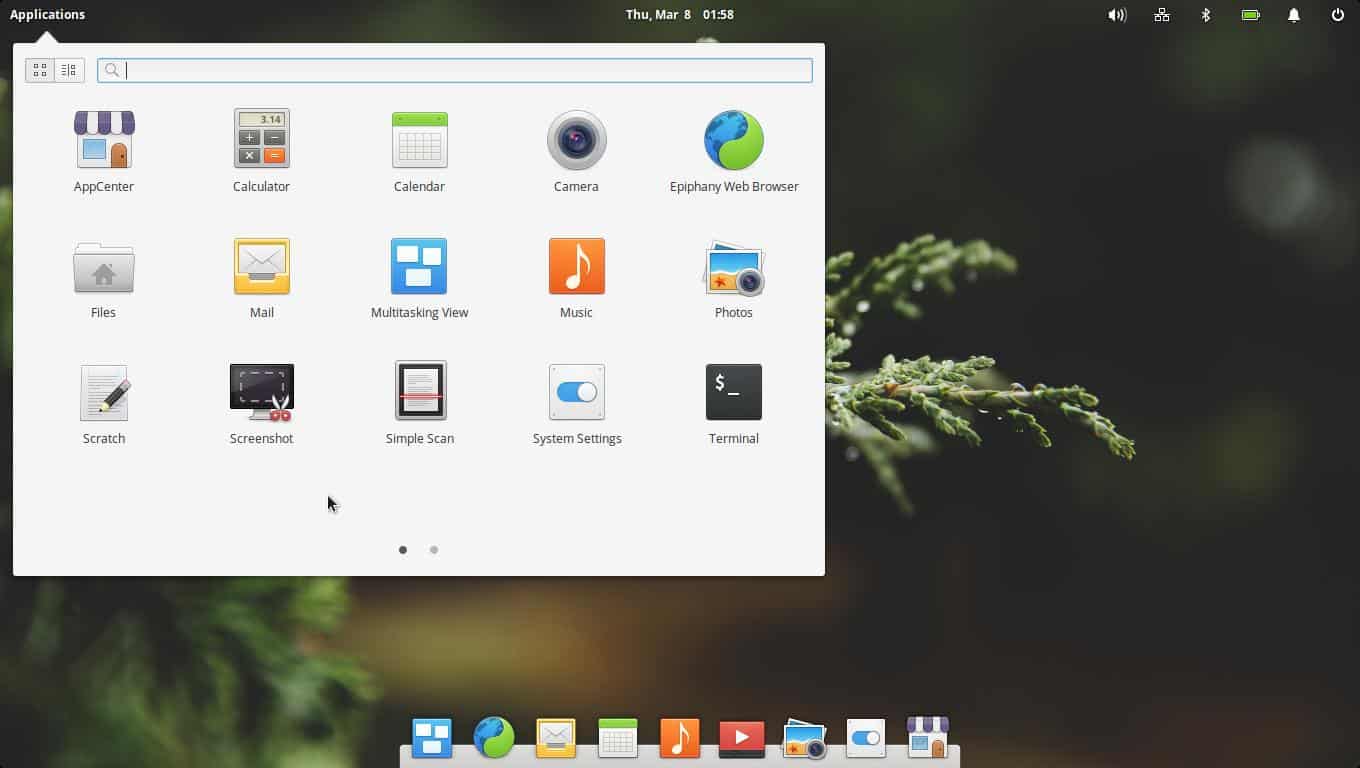
Whereas Linux Mint and Zorin are more or less "Ubuntu for Windows converts", elementary OS has a visual design more targeted to bring over macOS users, with a dock, top menu bar, etc. It's a very light, sleek OS that really only ships with the most basic apps and the design encourages you to keep things simple (their media apps are literally just called things like "Music" and "Videos", and their custom web browser Epiphany has a bare minimum of features to keep from becoming a memory hog like Firefox and Chrome). But since it's Ubuntu based you can still easily install more familiar open source apps like VLC, etc. Also a very intriguing Linux OS to try if you're used to something like a Chromebook or a tablet as your primary device.
Pop!_OS
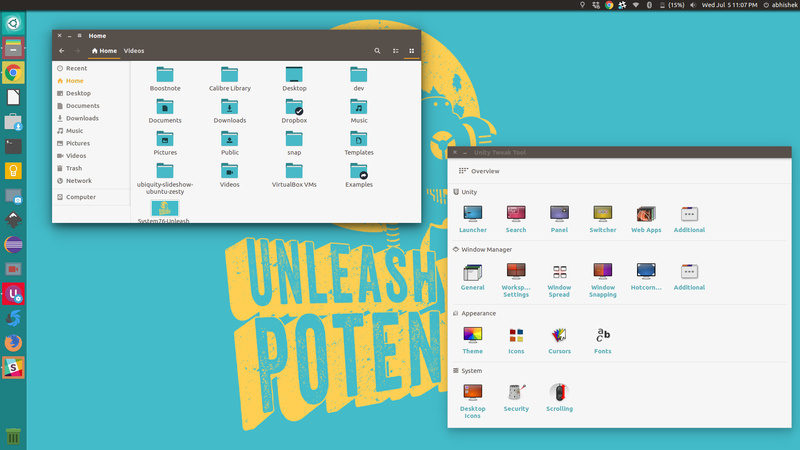
System76 is known more for their attractive hardware and great customer support (I've had my Lemur for two years and am still in love), but they recently tried putting out their own Ubuntu Linux distribution targeted at developers and creative professionals. It pretty much seems like Ubuntu but with some more minimalist icon design and some nifty expanded features for multiple workspaces, but mostly I'm plugging them here because if you wind up looking for higher-end hardware and some really helpful, responsive support, System76 is tops.
Solus
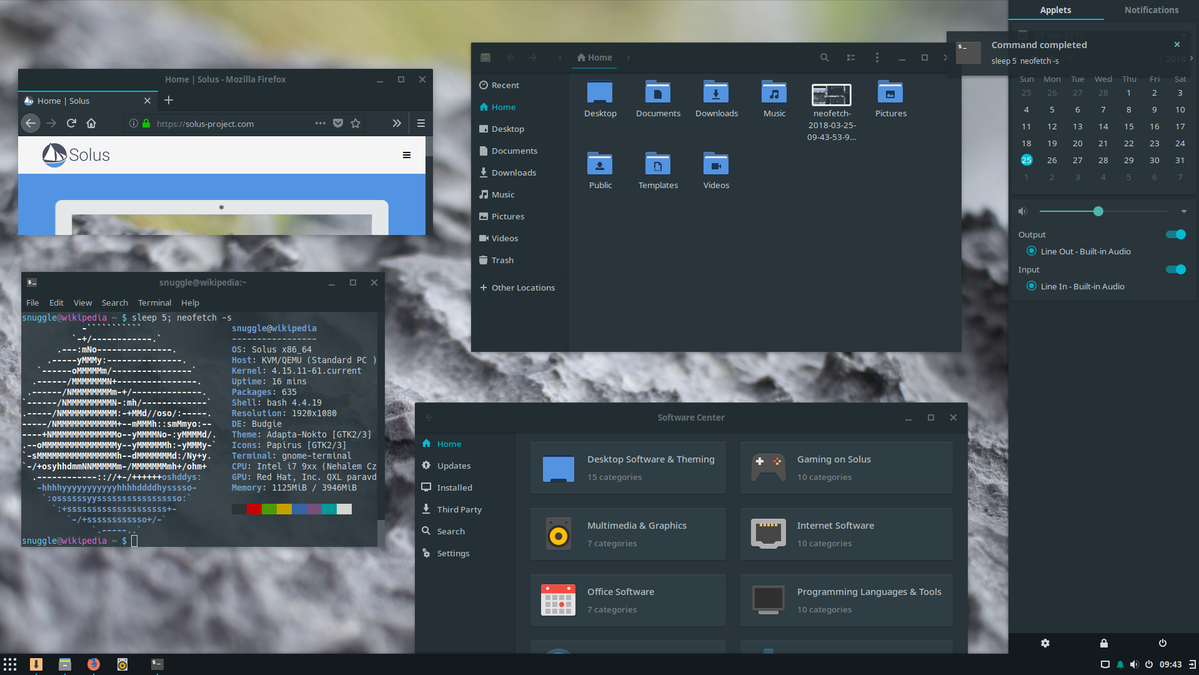
Whereas all these previous distributions I've mentioned have built off the stability of Ubuntu, Solus is different, as it is its own completely independent OS. It's an example of a "rolling release" operating system: while with macOS, Windows, and many Linux distributions like Ubuntu, you have to worry about your particular, fixed-point version eventually becoming obsolete and no longer receiving updates (e.g. once macOS 10.14 comes out, those users still using 10.11 will no longer receive security and software updates from Apple), Solus will just continually roll out updates, forever. Or, well, "forever," but you get what I mean.
That means users actually get the latest software and features much faster, as you don't have to wait for those things to get bundled into the next "release". It's an interesting model if you're really ready to unmoor and explore away from the usual systems.
Aside from that, Solus' custom "Budgie" desktop design is extremely pretty and modern, with a quick-launch menu and a custom applets bar. It feels a lot like Windows 10 in that sense.
